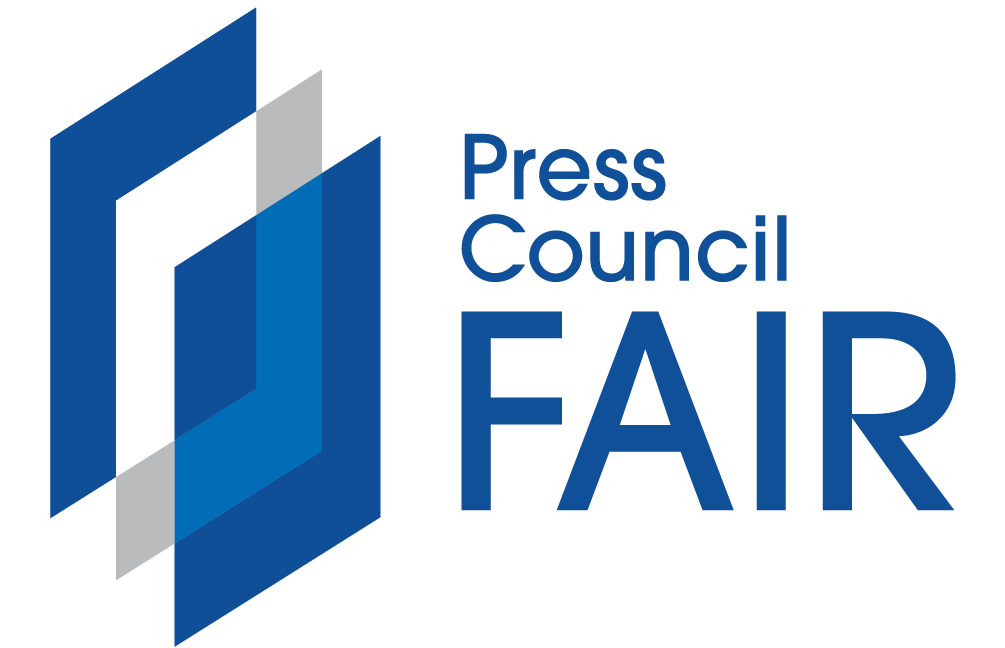6% of taxpayers pay 60% of personal income tax in South Africa
South Africa has a huge unemployment problem but relies on personal income tax for 40% of total tax revenue and most of that is being paid by a small percentage of high-income earners.
We looked at who is paying this tax by reviewing the 2018 stats released by the South African Revenue Service (SARS). The 2018 breakdown is the most recent and comprehensive data available. SARS collected R477.5-billion in PAYE that year.
More than 14-million people submitted tax returns in 2018 – basically everyone who has a job has to register for PAYE – but just over half of them (7.3-million) earned enough to be eligible to pay PAYE.
Employees need to earn R75,750 or more – R6,313 a month – to be liable for PAYE.
Less than a million people, or 6% of registered taxpayers, paid more than 60% of the tax. This group earned R500,000 or more a year, or at least R42,000 a month.

People who earn more than R350,000 a year are taxed 31% of their salary, which increases to 41% when you earn over a million rand.
Personal income tax contributes nearly 40% of the total tax collected by SARS.
In 2021, there were 39.7-million people of working age between 15 and 64 years old but only 14.2-million (36%) were employed and less than half of them (6.6 million) earned enough to pay PAYE.
Meanwhile, the South African Social Security Agency paid grants to 23,983,170 beneficiaries in the 2020/21 financial year. 70% were child support grants and 5.5-million were R350 Covid relief grants.
Methodology
The Outlier used data from the Quarterly Labour Force Survey, tables 2 and 3.8b. We also used 2021 Tax Statistics released by the South African Revenue Service, namely tables A2.11.2 and 2.5. Our data on 2018 PAYE is from the 2021 Tax Statistics document, namely Table A.2.3.1.



